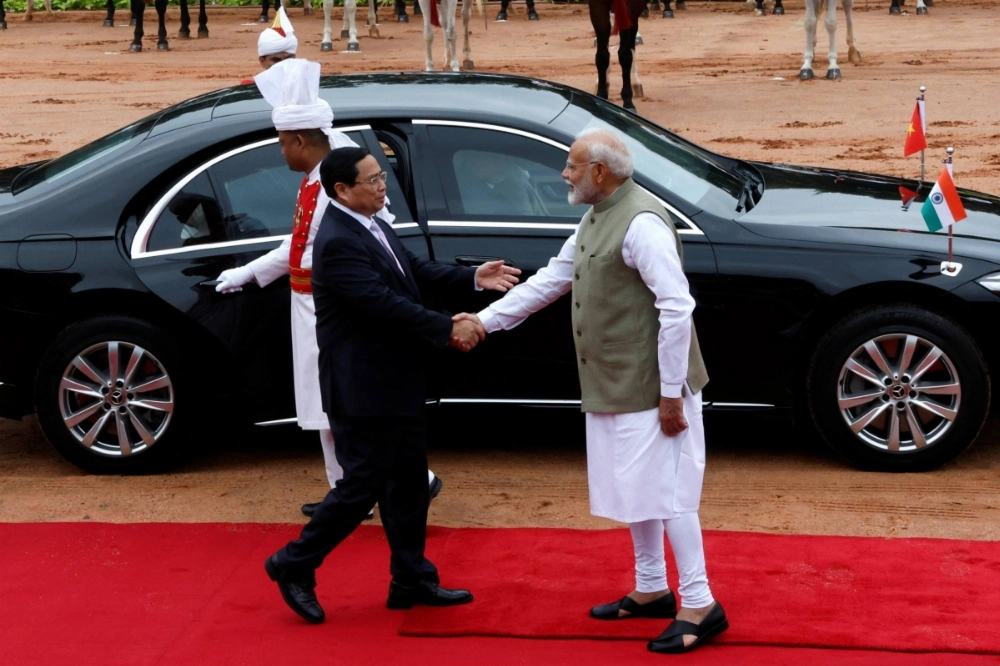In an age of great-power competition where countries like the United States, China and Russia jostle for geopolitical supremacy, middle powers from Mexico, India, to Vietnam are seeking to position themselves to make economic and security gains.
Among these nations, Vietnam stands apart. It works with the most powerful countries — including illiberal ones — but with little condemnation while making significant geopolitical and geoeconomic gains. Colloquially known as “bamboo diplomacy,” Hanoi’s foreign policy strategy has successfully maneuvered Vietnam into an advantageous position on the global stage amid a superpower tussle through its “firm but flexible” approach.
In a matter of three months, between June and September, the Vietnamese leadership engaged Russia, India and China, all the while bagging billions in investments from the U.S. and Western powers under the pretense of serving a manufacturing alternative to China. Earlier in the year, Hanoi welcomed Putin to Vietnam, subsequently, the Vietnamese Prime Minister Pham Minh Chinh traveled to New Delhi and more recently, Vietnam’s top leader, To Lam, visited Beijing to elevate their bilateral partnership.



















With your current subscription plan you can comment on stories. However, before writing your first comment, please create a display name in the Profile section of your subscriber account page.